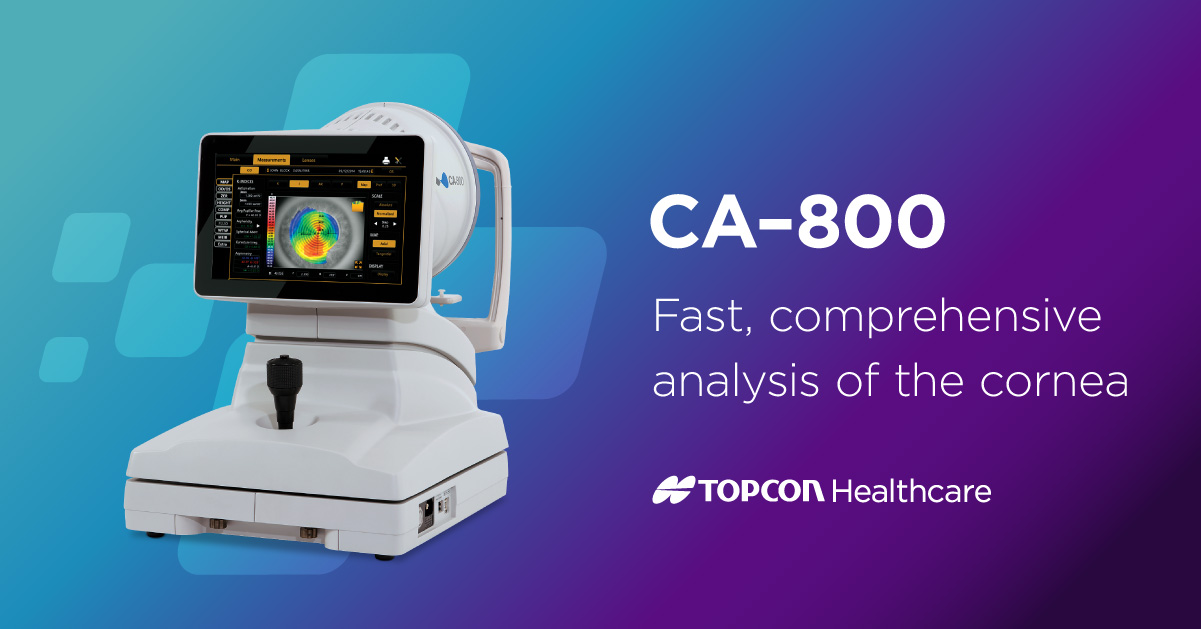
Rediscover Comfortable Vision: Overcoming Dry Eyes at Custom Eyes Optometry
Dry eye syndrome (DES) is a condition with the potential to impact your daily life significantly. DES occurs when your eyes don’t produce enough tears or the tears they produce don’t function properly, leading to discomfort and potential vision problems.
our optometric team and our team in Costa Mesa understand the challenges of dry eye. We leverage the latest eye care advancements to provide effective solutions tailored to your needs.
Dry Eye Symptoms You Shouldn’t Ignore
Dry, irritated eyes can severely impact daily life. Common symptoms pointing to dry eye syndrome include:
- Redness: Your eyes may appear inflamed or bloodshot.
- Excess Tearing: This might sound confusing, but your eyes may produce more tears to compensate for dryness.
- Blurry Vision: Dryness can make your vision blurry, especially after using screens for extended periods.
- Light Sensitivity: You may become more sensitive to bright lights and experience difficulty seeing at night.
From Dry Air to Screen Time: What Worsens Dry Eyes?
The condition can be frustrating and uncomfortable, but understanding the factors that worsen dry eyes empowers you to take control.
Here’s a detailed list of common dry eye triggers:
Dry Eyes vs. Pink Eye: Knowing the Difference
While both conditions produce redness and discomfort, pink eye involves additional symptoms like discharge and is usually infectious. However, dry eye involves a chronic lack of lubrication and moisture on the eye’s surface. An accurate diagnosis by an eye care professional is crucial for effective treatment.
Correct diagnosis by an eye care professional is crucial for effective treatment; thus, if you’re experiencing symptoms of either condition, we encourage you to schedule a consultation with us for a professional evaluation.

Personalized Care for DES in Costa Mesa
Our approach to dry eye management is unique to each patient. We leverage cutting-edge technology like the TopconCA800 Meibographer, an advanced tool that helps us analyze your tear film and meibomian glands thoroughly.
It also helps us develop a precise, personalized care plan for your vision recovery, which may include punctal plugs to retain tears, specialized meibomian gland treatment, and recommendations for artificial tears or prescription medications.
Take Charge: Managing Dry Eyes at Home
While seeking professional care is crucial, managing dry eye extends beyond the optometrist’s office. By incorporating these simple yet effective home care practices into your daily routine, you can significantly reduce symptoms and take charge of your eye health:
Blink regularly and take screen breaks: Frequent blinking and breaks during screen time help minimize tear evaporation, keeping your eyes lubricated.
Maintain good eyelid hygiene: Regularly use eyelid scrubs and warm compresses to promote healthy oil gland function and reduce the risk of inflammation and blockage.
Choose the right artificial tears: Use only high-quality, doctor-recommended artificial tears that address your specific tear deficiency needs.
Schedule Your Consultation at Custom Eyes Optometry
Don’t let dry eyes diminish your quality of life. Contact us to schedule your dry eye consultation withour optometric team or any of our skilled optometrists. We’re here to offer you the relief you deserve with the expertise and personalized attention that has made us trusted optometrists in Costa Mesa, CA.
